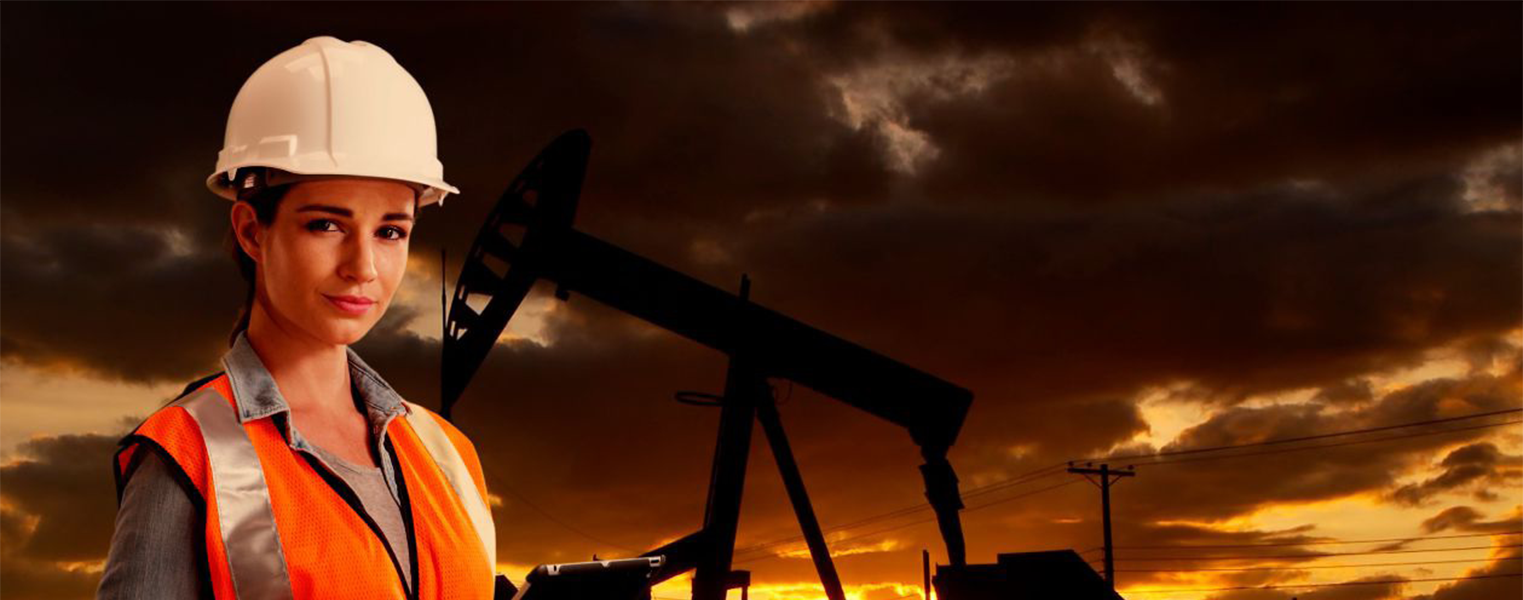Can Tech Finally Diversify The Oil And Gas Industry?
A reexamination of policies is required to explore why diversity eludes the sector.
It’s a familiar refrain. Oil and gas industry CEOs pontificate how they’re going to diversify the sector and help women advance. Yet things only get worse.
“The energy sector remains one of the least gender-diverse sectors in the economy,” explains International Energy Agency analyst Cecilia Tam. “This is especially important given the role that women can often play as key drivers of innovative and inclusive solutions.”
If companies looking can’t find [capable women], they are not looking hard enough.
According to McKinsey’s Women in the Workplace 2018 study, half of the 250 oil and gas companies surveyed don’t have a single woman in top management; another third have only one. It is also noted that female participation at all levels has real consequences, stating companies in the top quartile for women leaders are 15% more likely to have above-industry average financial returns. One industry executive lamented, “By 2025, we are going to be a millennial and Generation Z workforce [that is] inclusive and diverse. If your business is not, you are going to get bottom-of-the-barrel workers.” What’s an industry to do?
“It will take diverse thinking for the industry to address the challenges it faces today, including those around climate and rising emissions,” explains Katie Mehnert, CEO of Pink Petro, a company created for women professionals in the energy sector. She adds, “If companies looking can’t find [capable women], they are not looking hard enough.” Most oil and gas companies have set diversity goals and launched initiatives to attract women. Sadly, most efforts have fallen terribly short. But where many initiatives have failed, tech offers some potential solutions.
The McKinsey study posits that women face two distinct obstacles in the oil and gas industry—getting the first promotion and then promotion at more senior levels. Drilling down on the first obstacle, women often get overlooked for the first promotion because it is a “common expectation that it is necessary to accept international or remote assignments to get promoted.” Particularly challenging for women starting or raising a young family, this factor can be addressed in two ways.
First, the absolute need for remote assignments should be reconsidered. Does anyone still really need to go to remote areas today when technology—from drones to live video to advanced sensors—can provide most vital data? If so, then alternative career advancement paths should be created. But without question, technology can help change this standard.
As for the second obstacle, once again the industry needs to rethink its current paradigm. More than 38% of women in the industry leave when attempting to advance from vice president to senior vice president. That’s twice all other STEM industries and corporate America. Why?
First, the paucity of women not getting the first promotion reduces the available pool. But other research shows that the women that do stay often hold functional roles, including finance, legal, accounting, and, of course, human resources—roles that don’t foster advancement to C-level heights. Also, that lack of women often means a smaller internal network that male candidates often use to advance.
Again, while oil and gas companies must review their policies, tech can help. Companies should create apps designed specifically for women that establish clear analytics for advancement, networking and performance. Feedback can be provided through the apps as well, informing women exactly where they stand on the advancement ladder, providing insight into what may be missing from their skillset or experience.
MORE THAN 38% OF WOMEN IN THE INDUSTRY LEAVE WHEN ATTEMPTING TO ADVANCE FROM VICE PRESIDENT TO SENIOR VICE PRESIDENT.
When it comes to solving the oil and gas diversity problem, there is no panacea. But something different must be done. Through a reexamination of policies and the judicious application of tech, perhaps industry executives can finally realize the diversity that has eluded them for years.









